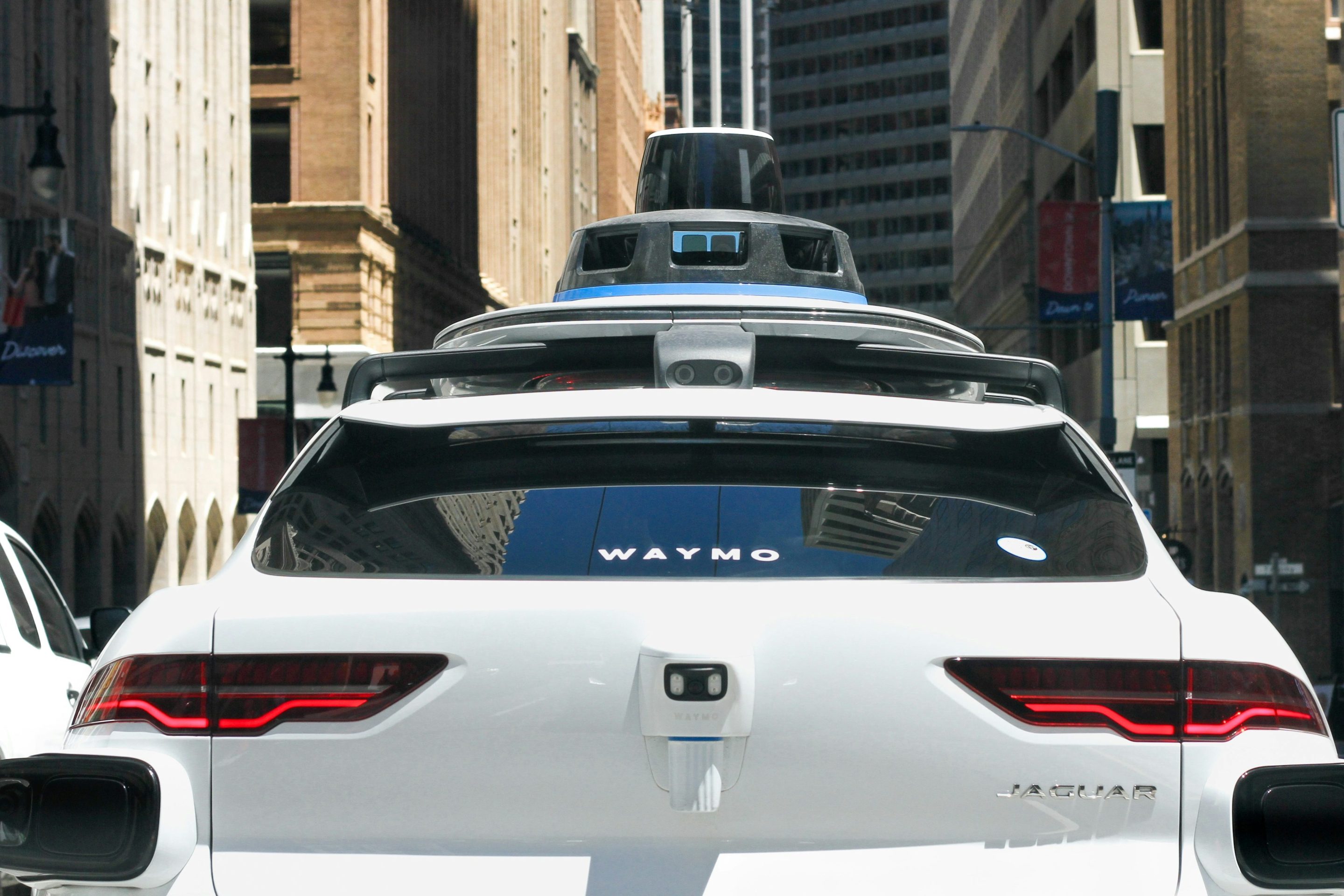In the aftermath of last Thursday's CB6 transportation committee meeting on the DOT's proposal to convert Sixth and Seventh Avenues in Park Slope, Brooklyn to one-way arterials, some observers are noting that the motion that came out of the meeting may not accurately reflect the input of the nearly 700 people who came out to oppose the plan. As Norman Oder points out at Atlantic Yards Report, the language voted on by the committee leaves the DOT plenty of leeway.
Judge for yourself. Here's the text:
Motion 1: CB6 thanks DOT for their efforts to improve pedestrian safety and facilitate the flow of traffic in and around Park Slope as dialogue and discussions are always beneficial; however, we request that DOT not proceed with their proposal to convert 6th and 7th Avenues from two-way to one-way streets at this time because there are too many questions about the impact of this change and how it would affect the neighborhood's traffic flow and pedestrian safety.
We further request that DOT continue to work with the Community Board and the Park Slope community in resolving Park Slope's very real traffic and pedestrian safety problems. For example, the perceived/actual high rate of speed of vehicles traveling on 8th Avenue and Prospect Park West, and the congested Union Street approach to the Grand Army Plaza . By working more closely with the Community Board and community we are committing to work with DOT to produce an improved set of remedies and actions designed to further enhance pedestrian safety and facilitate the safe movement of vehicles within our community.
Motion 2: CB6 would table making a recommendation on the 4th Avenue proposal until after such time as we have had a chance to engage DOT in a more comprehensive discussion of the traffic planning needs and challenges facing the Park Slope community.
Streetsblog's Aaron Naparstek (who, full disclosure, is a member of the committee) reported the next day that the committee "fully and unequivocally" rejected the DOT proposal. But AYR's Oder was correct when he wrote that things were a bit more complicated, and that what actually happened was that "the committee, expressing disapproval, voted to table discussion on the plans until further talks with DOT and implementation of community-requested changes." Watch video of the motion's passage by Kevin Burget here.





